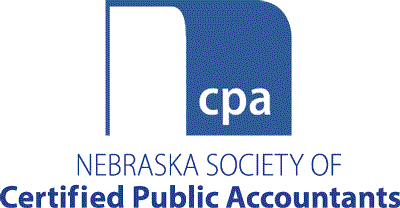It was a busy year for labor and employment lawmakers. The U.S. Department of Labor (DOL) continues to roll back regulations, such as the independent contractor rule, implemented by the prior administration. The DOL promised to revisit the Fair Labor Standards Act (FLSA) regulations as well, announcing a Notice of Proposed Rulemaking (NPRM) in its spring regulatory agenda for 2022. The anticipated NPRM could potentially increase the minimum salary for exempt white-collar workers for the first time in nearly three years.
Meanwhile, state and local lawmakers have set their sights on pay transparency. The mandatory publication of compensation ranges in job postings is intended to close the wage gap that impacts women and minorities. With the prevalence of remote work in a post-COVID world, many businesses are now relying on a work-from-home (WFH) workforce across the nation, or even the globe. This leaves management professionals to navigate laws in places where they previously had no legal obligations.
Here are three things to know about the current wage and hour updates from 2022:
1. FLSA executive, administrative, and professional employee exemption is scheduled to get a refresh.
The Wage and Hour Division has not published the proposed rule yet, but this new regulation could include a change to the salary basis level (currently $684 per week, or $35,568 annualized), automatic increases to the salary basis level, or revision of the duties tests. The last major update to this regulation was in 2020, when the salary basis was raised for the first time since 2004.
In 2016, the DOL increased the standard salary level from $455 weekly, or $23,660 annualized, to $913 weekly, or $47,476 annualized. Enforcement of that rule was stayed due to legal challenges. Even though enforcement of the 2016 rule stalled out, many employers raised employee salaries in anticipation of the new rule’s impact on exempt workers.
Employers of exempt executive, administrative, and professional employees should stay tuned for updates, as salary or duties adjustments may be required to maintain employees’ exempt status from the overtime requirements of the FLSA.
2. DOL seeks to leave the old independent contractor rule in 2021.
The reliance on independent contractor workers, particularly in the expanding “gig economy,” has steadily increased over the past decade. The question of whether a worker is an employee or independent contractor is determined on a case-by-case basis, using a multi-factor test. That is, it did until the DOL published the 2021 Independent Contractor Rule at the very end of the Trump administration. The 2021 rule made it easier to classify a worker as an independent contractor, prescribing only two “key” factors to consider, with lesser consideration given to other, additional factors. On Oct. 13, 2022, the DOL published an NPRM to restore the old “economic realities test,” which gives equal weight to each part of the multi-factor test, making it arguably harder to classify a worker as an independent contractor.
The comment period for the most recent NPRM has been extended until Dec. 13, 2022.
3. States push for pay transparency.
California most recently joined Washington, Colorado, and New York City in mandating employer transparency regarding pay. Multistate employers will want to proactively monitor these laws to ensure compliance and avoid penalties. These initiatives stem from an effort to narrow the gender wage gap and encourage pay transparency.
Covered Employers: Generally speaking, the laws apply to employers with a threshold number of employees working in the jurisdiction. For instance, the New York City pay transparency law applies to employers with four or more workers or one or more domestic workers in New York City. All four workers do not need to work in New York City or the same location for an employer to be covered. Employers are covered as long as one of the employees works in New York City.
Requirements: These laws generally require employers to advertise a job, promotion, or transfer opportunity with a disclosure of the minimum and maximum annual salary or hourly wage for the position in the advertisement. Generally, if the wage range is not certain, a reasonable, good-faith estimate will suffice. However, the range cannot be open-ended (e.g., “hourly compensation starts at $15 per hour” is not enough information).
Remote Workers: Each law differs on application to job postings for remote workers. For instance, the Colorado law applies to any posting by a covered employer for either work tied to Colorado locations or remote work performable anywhere, but not work performable only at non-Colorado worksites. Therefore, a remote job posting, even if it states that the employer will not accept Colorado applicants, remains covered by the act’s transparency requirements.
Multistate employers with a presence in any of the above-referenced jurisdictions should take a keen eye to the pay transparency laws that may apply to their job postings.
Erin Schroeder is an attorney in Koley Jessen’s Employment, Labor, and Employee Benefits Practice Group. She has been with the firm since 2020 and currently advises clients with HR consulting and employment litigation needs. For more information, contact her at (402) 343‑3892 or erin.schroeder@koleyjessen.com.











